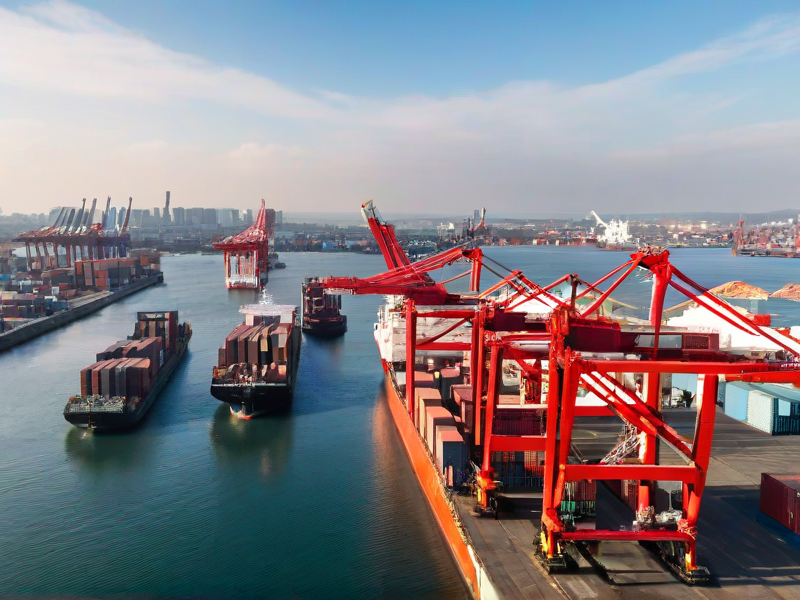Green logistics is an inevitable trend aimed at minimizing the ecological impact of logistics activities. Greening the logistics industry and applying green logistics to enterprises will help them meet environmental standards, enhance competitiveness, and achieve sustainable growth.

Many economic experts and researchers in the logistics field agree that in the current context, if enterprises do not quickly and immediately implement green logistics standards, they will face numerous difficulties in the future and gradually be eliminated from domestic and global commercial trade and import-export activities.

First, the perception of green logistics needs to change. Vigorous promotion is necessary, but it is not enough on its own. Government and regulatory support is also needed, including specific and clear policies, such as tax policies.

Promoting the comprehensive and sustainable development of green logistics is not only a requirement for Vietnam but also a global trend. Therefore, domestic enterprises, especially small ones, must both learn and help themselves to enhance their competitiveness and create a more beautiful and credible image and brand in the eyes of foreign business communities, leading to more sustainable and comprehensive development.

Logistics research expert Nguyen Tien Minh stated that green logistics development includes many activities, such as improving vehicles that consume large amounts of fuel and emit toxic substances, enhancing the quality of transport infrastructure systems, shifting from road transport to waterway and railway transport, using environmentally friendly or low-carbon transportation methods, and optimizing the operation of the transport system. These are essential solutions for green transportation activities.

Finally, greening the information system is crucial. A well-developed information system can provide real-time information, accurately control, and optimize logistics activities such as packaging, storage, transportation, processing, distribution, loading and unloading, and inventory handling. This aims to comply with economic and environmental requirements, creating conditions for fulfilling the environmental responsibilities of logistics services.





 Logistics line quotation
Logistics line quotation Cross-border express order
Cross-border express order 24 hours online customer service
24 hours online customer service Huixiang Cross-border Logistics all rights reserved
Huixiang Cross-border Logistics all rights reserved 






